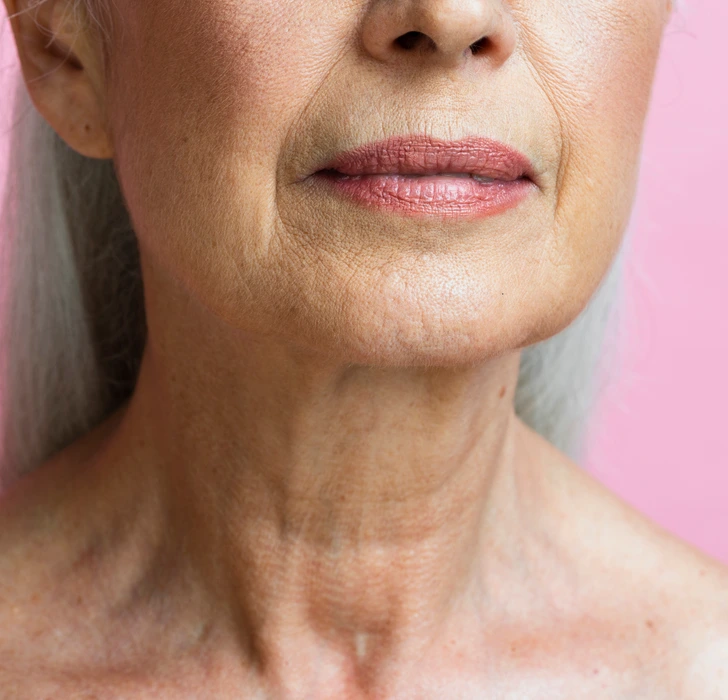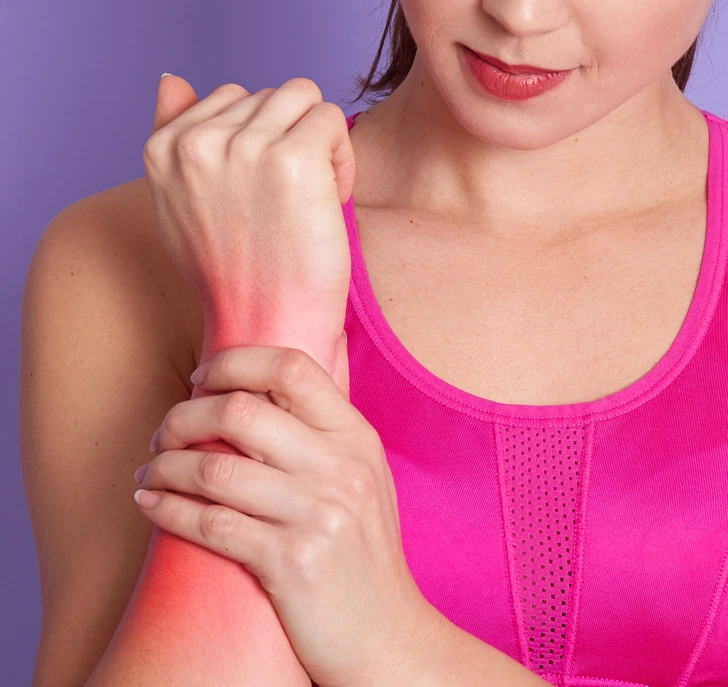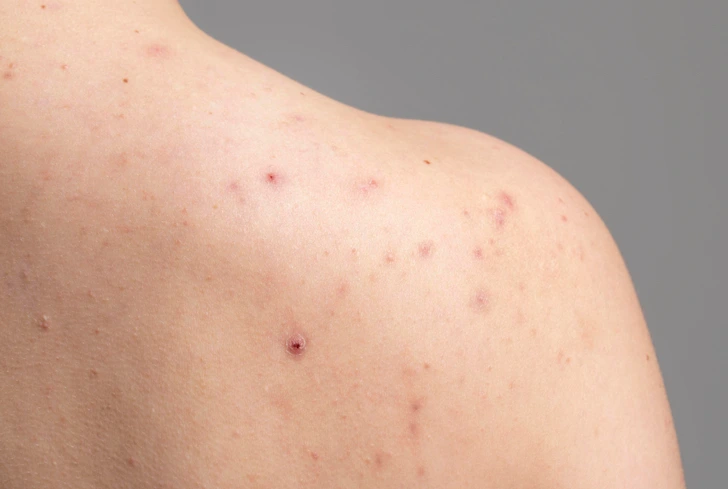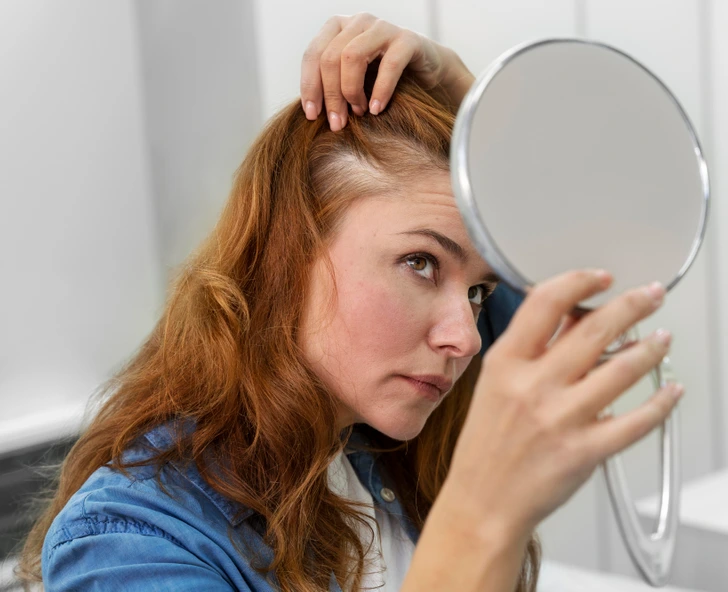Sometimes, your body gives you quiet signals before it starts raising the alarm. These subtle clues may seem minor or easy to ignore, but they could actually be your body’s way of asking for help. If you learn to catch them early, you may prevent more serious issues down the line and stay on top of your health.
DISCLAIMER: This content is for informational purposes only and should not replace professional medical advice. Always consult your doctor for concerns related to your health and medical conditions.

Let’s dive into a few subtle body changes that could be warning signs worth paying attention to:
1. Pale or White Lips
When your lips lose their natural pink or reddish color and start looking unusually pale or whitish, it might be more than just a cosmetic concern. One of the most common causes is anemia, a condition where your body doesn’t have enough healthy red blood cells to carry oxygen. People with anemia often feel unusually tired, cold, or dizzy. Another possibility is dehydration — when your body lacks fluids, your lips may become dry and pale, often alongside symptoms like dark urine or a dry mouth.
Sudden drops in blood sugar levels can also cause pale lips, and may come with signs like shivering, sweating, and confusion. Poor circulation due to heart issues or low blood pressure can reduce the flow of oxygen-rich blood to your lips, making them appear lighter in color. Infections like oral thrush — which might show up as white patches in the mouth and on the lips — are another possible culprit, especially in people with weakened immune systems or those who have been on antibiotics for an extended period.

And don’t overlook the impact of cold weather. When it’s freezing out, your blood vessels constrict, which can also lead to pale lips. Applying a good lip balm and staying hydrated can help protect your lips from the elements.
2. Wrinkles on the Neck
It’s common knowledge that estrogen levels in women decline after menopause, and this hormonal shift can gradually affect bone density. One surprising external clue of weakening bones is the sudden appearance of deeper lines or wrinkles around the neck. While most people associate wrinkles with aging or sun exposure, these particular lines may also indicate a decrease in bone strength — which increases the risk of fractures over time.

If you notice these changes, it might be a good idea to review your diet and make sure you’re getting enough calcium and vitamin D. These nutrients are essential for maintaining bone health. Also, consider asking your doctor whether you need a bone density screening, especially if osteoporosis runs in your family.
3. Red or Bumpy Skin
Little red bumps on your skin might seem like no big deal, and in many cases, they aren’t. They can pop up from acne, allergic reactions, or even shaving. But if they persist or spread, they might be worth checking out. One example is keratosis pilaris — often referred to as “chicken skin” — which shows up as tiny rough bumps on the upper arms, thighs, or cheeks. It’s caused by a buildup of keratin, a protein that can clog hair follicles.

While keratosis pilaris is harmless, it can be frustrating and tough to get rid of. Experts aren’t entirely sure what causes it, but genetics may play a role. There’s also some evidence suggesting that low levels of vitamins A and C might contribute. Moisturizing regularly and gentle exfoliation can help, but if it’s bothering you, a dermatologist can recommend targeted treatments.
4. Muscle Cramps
Do you ever wake up in the middle of the night with a sudden, sharp cramp in your leg or foot? Frequent muscle cramps might be a sign that your body is running low on calcium. Calcium is crucial for muscle and nerve function — and even your heartbeat depends on it. When your calcium levels drop, the muscles can contract painfully and unexpectedly.

Dry, flaky skin and brittle nails are other possible signs of calcium deficiency. In some cases, low calcium can lead to a condition called hypocalcemia, which is often tied to low vitamin D levels or issues with the parathyroid gland. If you’ve noticed muscle cramps becoming a common occurrence, or changes in your skin and nails, it may be time to speak with a healthcare provider.
5. Thinning Hair or Hair Loss
If you’re noticing more hair than usual in your brush or shower drain, your body could be signaling a nutritional imbalance. Hair health is heavily influenced by your intake of key nutrients like iron, biotin (vitamin B7), niacin (B3), and essential fatty acids such as alpha-linolenic acid (ALA) and linoleic acid (LA). When your body lacks these nutrients, hair growth slows, and hair may become thin or brittle.

Stress, hormonal imbalances, and even over-styling can also play a role in hair loss. But if you’ve ruled out the obvious and are still seeing excessive shedding, checking your diet and nutrient levels with a doctor is a smart step.
6. Nail Changes
Your nails can be surprisingly revealing about your health. Small indentations, known as pitting, may be linked to conditions like psoriasis, atopic dermatitis, or alopecia areata. Meanwhile, spoon-shaped nails — where the nail curves upward like a dip — could be a red flag for iron deficiency anemia. This can be triggered by a poor diet, digestive issues, or more serious underlying conditions like heart or thyroid disorders.
Vertical ridges along the nail, especially if they’re slightly raised, are typically a natural part of aging. However, sudden changes or the appearance of white spots could suggest something else. White spots might come from minor injuries to the nail, allergic reactions, or deficiencies in zinc, calcium, or protein. In some cases, they could even point to liver or kidney issues.





